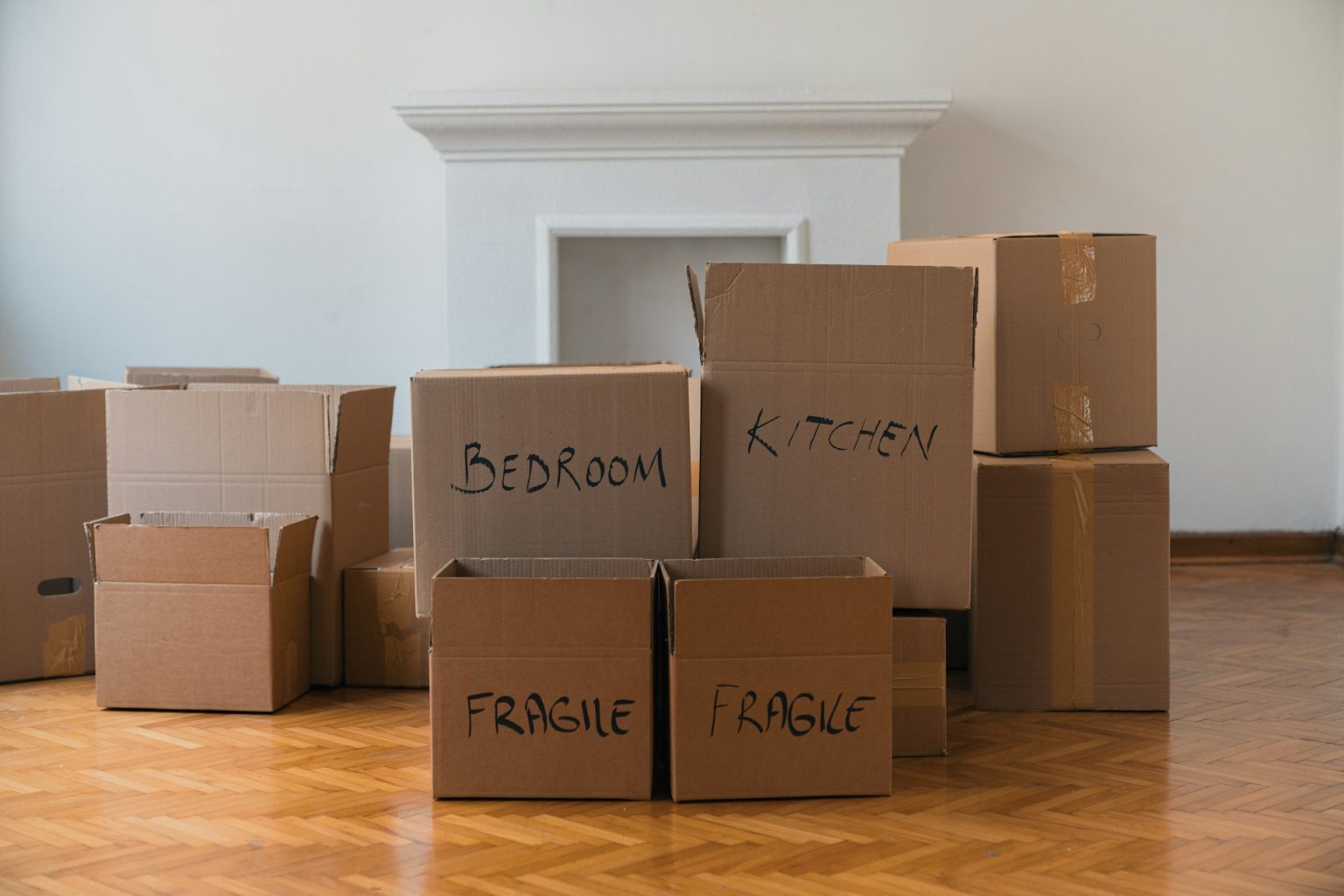Packing your entire life is already a difficult task. However, using the incorrect boxes can make it even harder.
We have all tried fitting a large blender into a flimsy box only for it to tear halfway through the move. It’s not only about packing but also about making sure everything arrives safely.
This piece will walk you through the main varieties of cardboard packing boxes and what they are best suited for. Using the proper box for each item is how you make your move easier.
Small Boxes – Your Go-To for Heavy Items
Though it seems paradoxical, smaller boxes are your friend when packaging heavier items. Why? Simply because they prevent you from overpacking, which will save your back from injury and the box from tearing.
These boxes are best suited for heavy but compact items. Examples include books, canned goods, and small appliances. Small kitchen appliances like blenders, toasters, or coffee grinders, especially when paired with a bit of padding for added protection, can also fit.
When packing small boxes, there are a few tips to keep in mind. Start by distributing the weight evenly. Place the heaviest items at the bottom and the lighter ones on top. This will avoid crushing anything delicate.
For fragile but heavy items, like glass jars or metal kitchen tools, add a layer of bubble wrap, newspaper, or kitchen towels. And don’t forget to seal the boxes tightly. Heavy items can put a strain on the seams.
While small boxes may not hold as much as their larger counterparts, their strength and practicality make them an indispensable part of a smooth move.
Medium Boxes – The Versatile Middle Ground
These boxes combine size and durability. That’s why they are considered perfect for items that require just a little more space than what little boxes can supply.
Medium cardboard packing boxes are ideal for a lot of items that are not too heavy but not too light either.
For example, kitchenware, accommodating pots, pans and utensils. Electronics like gaming consoles, DVD players, or small home office devices fit snugly, especially when paired with protective padding. Decorative items such as picture frames, candles, or small art pieces can be safely packed without risking damage. Medium boxes are also handy for folded clothing, towels, and smaller bedding items like sheets, keeping them compact and manageable.
To make the most of medium boxes, there are a few packing tips to follow. Place heavier items on the bottom and lighter, more delicate ones on top.
Use bubble wrap or packing paper to separate layers. Avoid overpacking. Keep the weight under 15–20 kg. If there are any empty spaces, fill them with soft items like towels, clothing, or crumpled paper.
Large Boxes – For Bulky but Lightweight Items
Although big boxes can seem like the natural choice for packing a house, there is a drawback. Their larger size makes them far more likely to become overly heavy and, worse still, to be too difficult to carry if overpacked.
Instead, save your big cardboard packaging boxes for goods like duvets, pillows, blankets, lampshades, or folded clothes.
Wardrobe Boxes – A Closet on the Move
For everyone who hates the thought of folding and then re-hanging a whole wardrobe worth of clothing, wardrobe boxes are a dream come true. These tall boxes feature a hanging bar that allows you to move your clothes straight from your wardrobe to the box.
They keep suits and dresses free of wrinkles and ready for wear. They also protect the outer layers of coats and jackets.
You can tuck your accessories and shoes at the bottom of the box to make the best use of all the available space.
Dish Boxes – Keep Fragile Items Safe
Packing the kitchen is the one thing people most worry about. Given all the delicate glassware and oddly shaped dishes, you run a great chance of shattering something priceless.
Designed with extra reinforcement and even with divisions to keep your breakables safe, dish boxes, also known as dish packs, are fit for:
- Glassware like daily tumblers as well as wine glasses;
- Plates, bowls, and platters;
- Vases or other delicate décor.
Picture Boxes – Protect Your Artwork
These containers are ideal for items such as paintings or framed pictures, large mirrors, and TVs with flat screens.
Using picture boxes helps you make sure flat, delicate objects do not shatter, crack, or get damaged when being transported.
Speciality Boxes – For the Oddly Shaped Items
Every house has a few objects that simply do not fit cleanly into any of the conventional boxes. Fear not, however. Speciality boxes are designed for packing odd-shaped, oversized, or fragile items that need extra care. They come in unique sizes and materials to keep items safe.
Use speciality boxes for items like flat-screen TVs, bicycles, and mattresses. They have features like foam inserts and adjustable compartments to prevent damage.
These boxes are also perfect for delicate or oversized items like mirrors, artwork, and chandeliers. They provide the extra security which the valuable items need.
Remember to use extra cushioning materials like bubble wrap or foam padding, and secure items tightly inside to prevent movement.
Speciality boxes are hard to come by, though. You might have to use a professional box delivery service.
The Importance of Labelling
Although selecting the correct cardboard packing box is vital, labelling them is equally important.
Everyone thinks they’ll remember what’s in every box. However, that’s not exactly the case. After a long day of packing everything, they all sort of blur together. That’s why you need to label every box. It’s way easier and smarter that way.
When labelling, use a black marker as it’s quite distinctive. You should also write on the side of the box as it’s more easily seen when boxes are piled.
Finally, be precise. Instead of writing “kitchen,” write “pots and pans.”
Conclusion
Choosing the appropriate size and kind for every item will help you avoid many typical moving mistakes, including damaged valuables, overly heavy boxes, or shattered goods.
Knowing that everything arrived safe and sound will help you to relax and enjoy your new house when it’s all finished.



